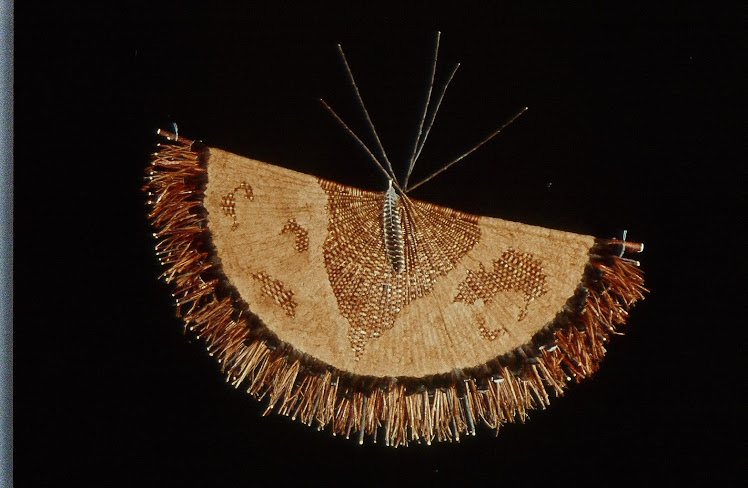Asha and Calla are in charge.
The owners of this property have decided they need to remove these two Western Red Cedar trees.
Passiko and Dean waited to get them cut down, until the sap was up, so that we could gather the inner bark.
We've all made our personal apologies to these beautiful cedars for what we are about to take from them.
Their skin!
But since these trees will be cut soon, a part of them will also live on in my work and the work of my students.
At IslandWood and Suquamish Elementary, I'll be working with 224 students in the month of May.
I am grateful that Spence, our eldest son, has grown up with a deep love for nature, being outdoors, and for making things. Particularly for making beautiful Timber Frame buildings. (http://westtimbercraft.com/)
Because Passiko and Dean know the value of this culturally important living material, now Spence has an opportunity to teach is children about gathering the bark.
And here is my little studio, built in 2007 by my sons Spence and Jeff, and my husband Paul.
(Please see more beautiful timberframe work at http://westtimbercraft.com/)
Here is where all that bark is now layed out to dry inside.
Not much room for me right now, but that's OK.
Thanks - to these two beautiful cedar trees - to Passiko and Dean for sharing - and to my bark gathering crew!
















